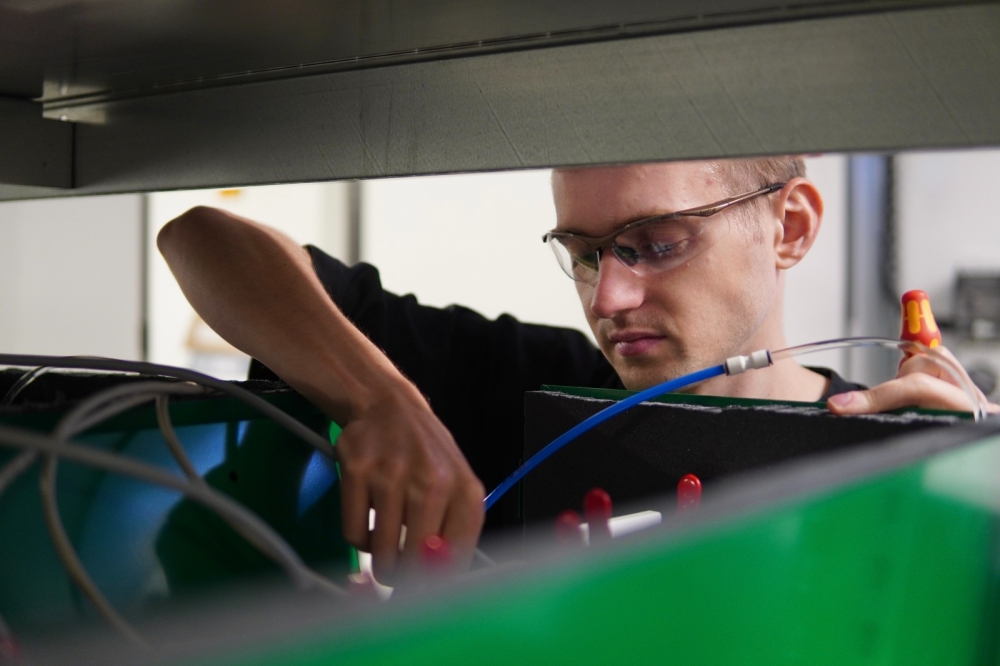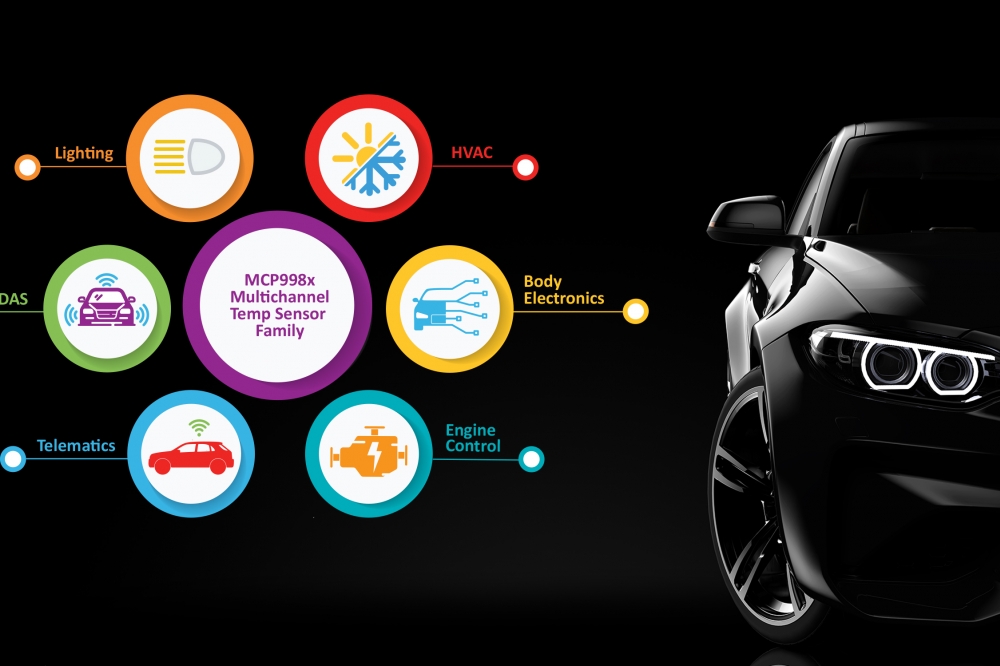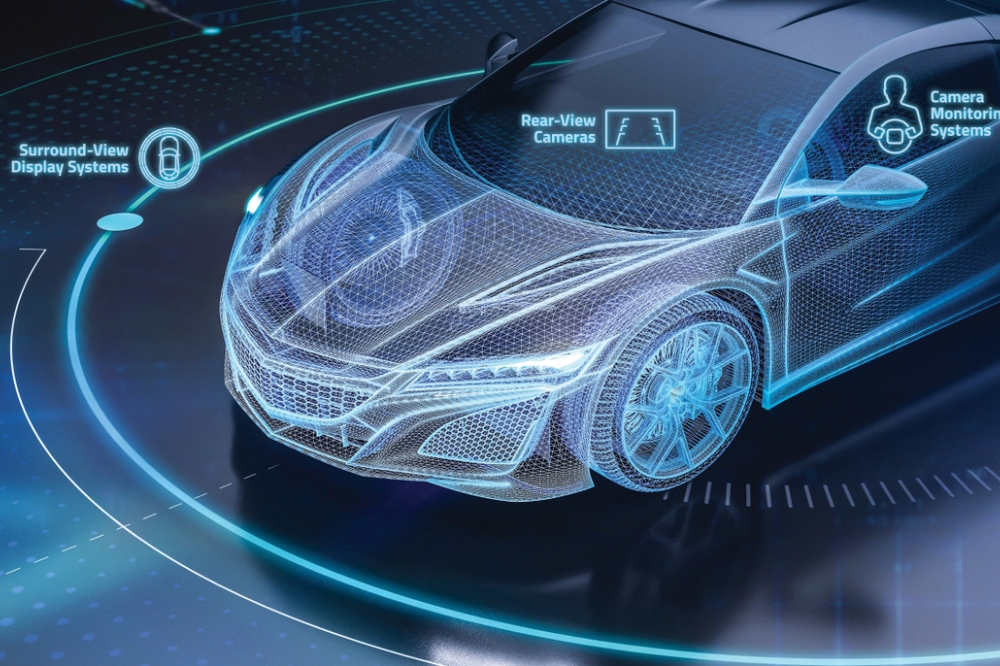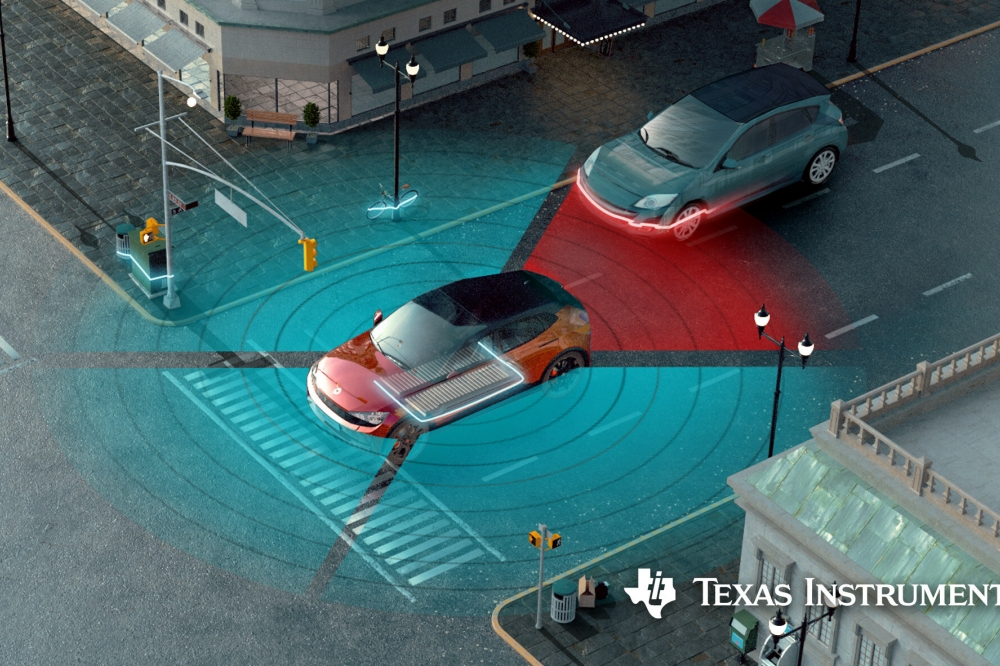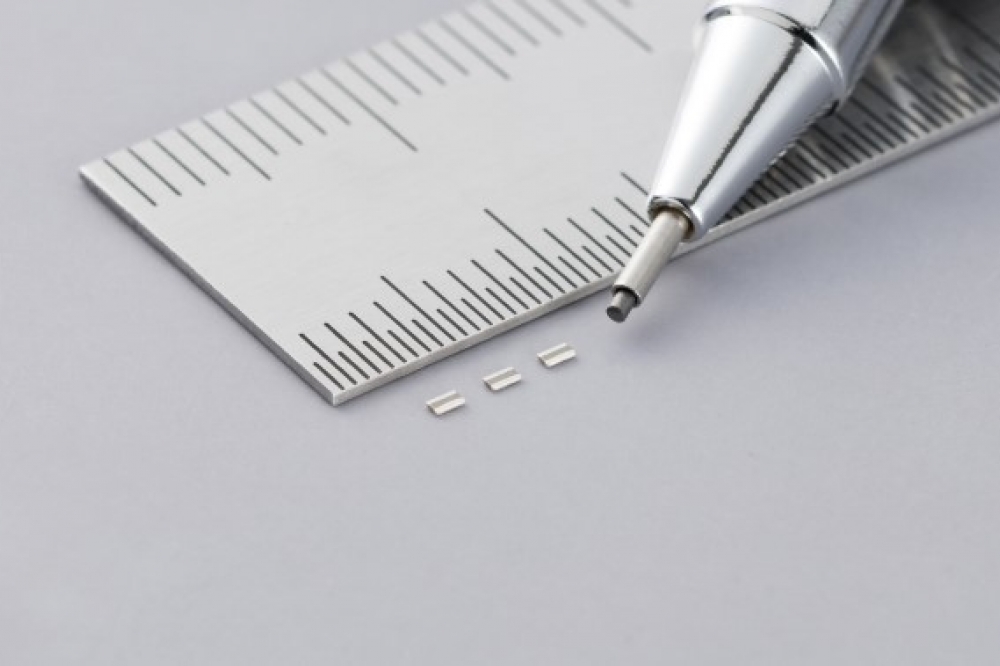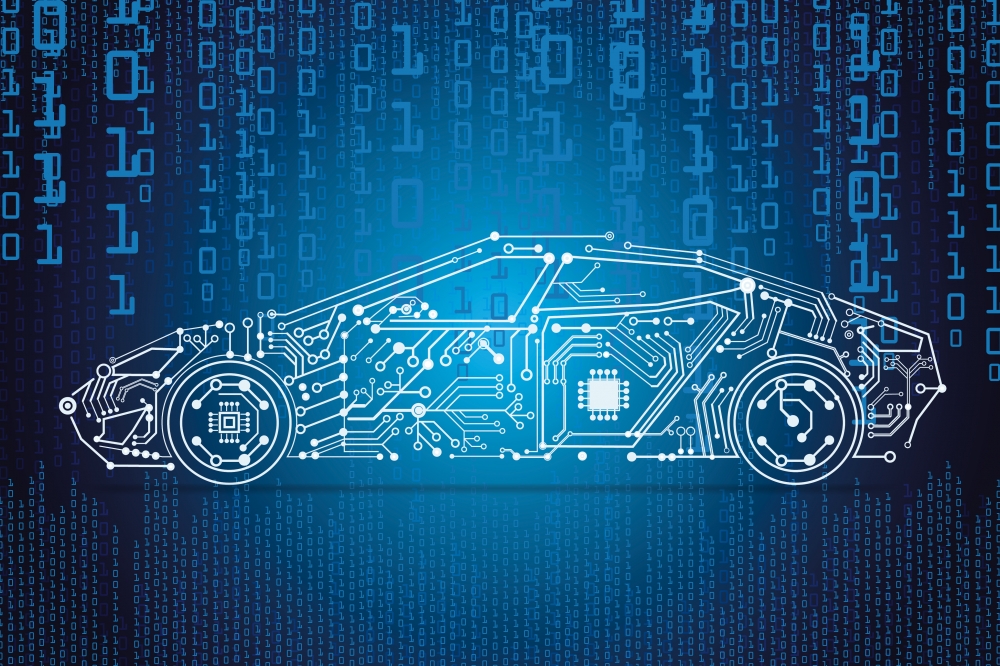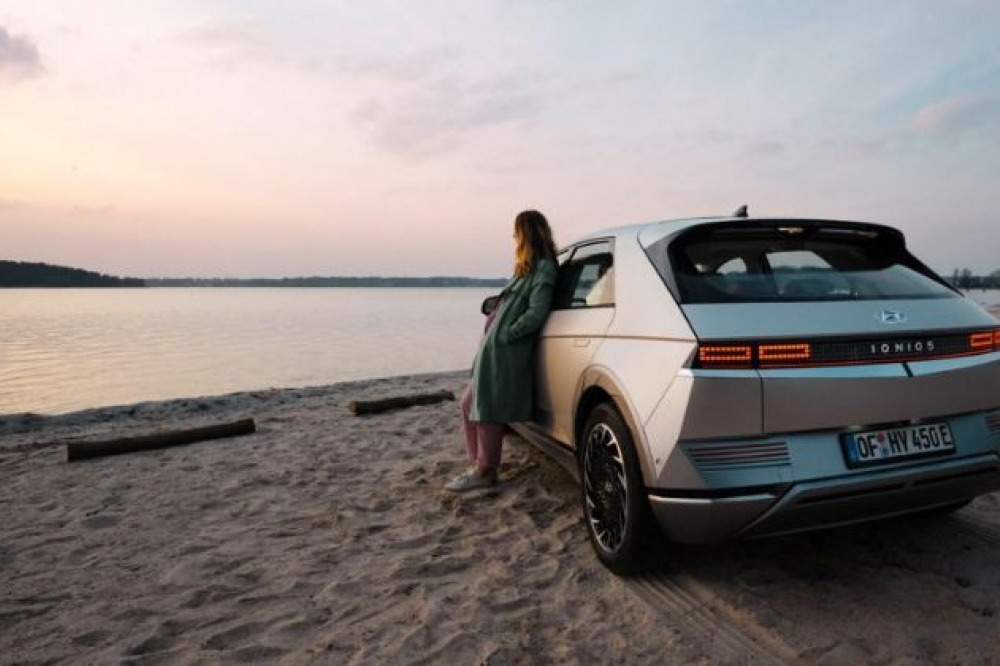Waymo introduces the fifth-generation of its self-driving system

Alphabet’s autonomous vehicle company, Waymo has introduced the fifth-generation of the Waymo Driver.
The company claims that it is informed by experience, designed for scale, engineered to tackle more environments.
Waymo’s combination of hardware, software, and computer powers its vehicles to safely get people and things where they’re going. In order to navigate the complexities of driving – from the biker weaving and speeding through traffic on a foggy San Francisco morning, to the family pet rushing into the street to greet at night – the Waymo Driver uses a comprehensive view of its surroundings and a detailed understanding of its environment to accurately reason about its next move.
No one type of sensor on its own can provide that level of detail in all operating conditions; therefore, the company has spent over a decade developing a single integrated system comprised of complementary sensors to give our Driver this comprehensive view of the world so that it can safely navigate complex environments.
Backed by 20 million self-driven miles on public roads and over 10 billion miles of simulation, engineered to tackle an even more diverse range of complex driving environments with unparalleled capabilities, the completely redesigned fifth-generation hardware sensor suite will enable the scaled deployment of the Waymo Driver.
As one of the Waymo Driver’s most powerful sensors, LiDAR paints a 3D picture of its surroundings, allowing the vehicle to measure the size and distance of objects around itself, whether they’re up close or over 300 metres away. LiDAR data can be used to identify objects driving into the sun on the brightest days as well as on moonless nights.
The next-generation family of LiDARs is designed to work together. The new 360 LiDAR system provides a bird’s-eye view of the cars, cyclists, and pedestrians surrounding the vehicle. It not only helps the Waymo Driver navigate the complexities of city driving by distinguishing the opening of a car door a city block away, it also gives Waymo’s trucks the ability to spot road debris hundreds of meters ahead on the highway, so there’s enough time for a Waymo driven truck to stop or make a lane change.
Simultaneously, the new perimeter LiDARs, placed at four points around the sides of the vehicle, offer unparalleled coverage with a wide field of view to detect objects close-by. These short-range LiDARs provide enhanced spatial resolution and accuracy to navigate tight gaps in city traffic and cover potential blind spots on hilly terrain. As a system, this new family of LiDARs is a significant upgrade, enhancing the Waymo Driver’s capabilities in a way that will help us as we scale our fleet to more challenging places.
With high-dynamic range and thermal stability over automotive temperature ranges, our vision system cameras are designed to capture more detail and provide sharper images in the toughest driving environments.
Waymo’s latest long range cameras and 360 vision system now see much farther than before, allowing the vehicle to identify important details like pedestrians and stop signs greater than 500 metres away. Through advanced design innovations, including custom lenses and precise optomechanical engineering, the vision systems enable much higher performance levels than cameras on cars today.
In addition, the new perimeter vision system works in conjunction with our perimeter LiDARs to give the Waymo Driver another perspective of objects close to the vehicle. For example, while the perimeter LiDARs detect obstacles directly in front of the vehicle with precision, the perimeter cameras provide our machine learning algorithms additional details to reliably identify objects, providing more context to the traffic scene.
Concurrently, the new peripheral vision system helps reduce blind spots caused by parked cars or large vehicles. These peripheral cameras enable us to peek around a truck driving in front of us, seeing if we can safely overtake it or if we should wait. Together, these various types of cameras allow us to make decisions earlier, faster, and with even more information than we’ve ever had before.
While LiDAR helps see objects and cameras help understand the surroundings, radar complements both of these with its unique ability to instantaneously see and measure an object’s velocity (or lack thereof) even in tough weather conditions such as rain, fog, and snow.
A decade of testing in the real world has taught Waymo that it is beneficial when radar on self-driving vehicles provides the system with a persistent view of their entire surroundings. For its fifth-generation hardware sensor suite, Waymo has redesigned the architecture, outputs, and signal processing capabilities to create one of the world’s first imaging radar system for self-driving – providing unparalleled resolution, range, and field of view to see the whole scene at once. Performance is further improved by overlapping the coverage between radars, and with the cameras and lidars as well.
While traditional automotive radars are capable of tracking moving objects, the new imaging radar has higher resolution and enhanced signal processing capabilities that allow it to better detect and track objects that are moving, barely moving, or stopped.
The next-generation radar can also see objects at great distances, including detecting a motorcyclist from hundreds of metres away. Like with the other long range sensors, being able to accurately detect objects at greater distances gives a longer reaction time to make a more comfortable experience for the riders.
With each generation of its custom hardware Waymo has been able to bring down the cost of its sensors while delivering even more capabilities and compute power. With the fifth-generation hardware, the company has simplified the design and manufacturing process so it can be production-ready, and latest sensors deliver more performance than ever before, at half the cost of our previous generation.
Waymo has already manufactured and integrated the first of the new generation sensors onto its Jaguar I-PACE platform. With the first of these new vehicles, Waymo completed comprehensive module-level and system-level tests to ensure the next-generation hardware can withstand whatever the roads throw at it—from stormy weather and salted roads, to extreme heat and dirt storms.
Waymo introduces the fifth-generation of its self-driving system
Modified on Friday 6th March 2020
Find all articles related to:
Waymo introduces the fifth-generation of its self-driving system


 Add to my Reading List
Add to my Reading List Remove from my Reading List
Remove from my Reading List